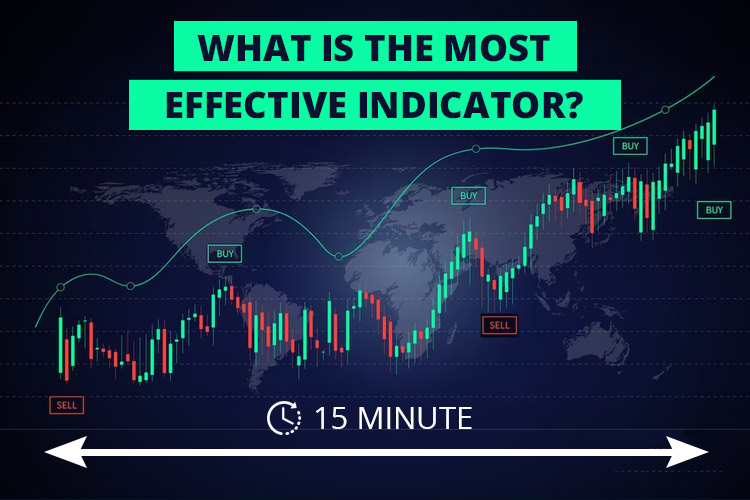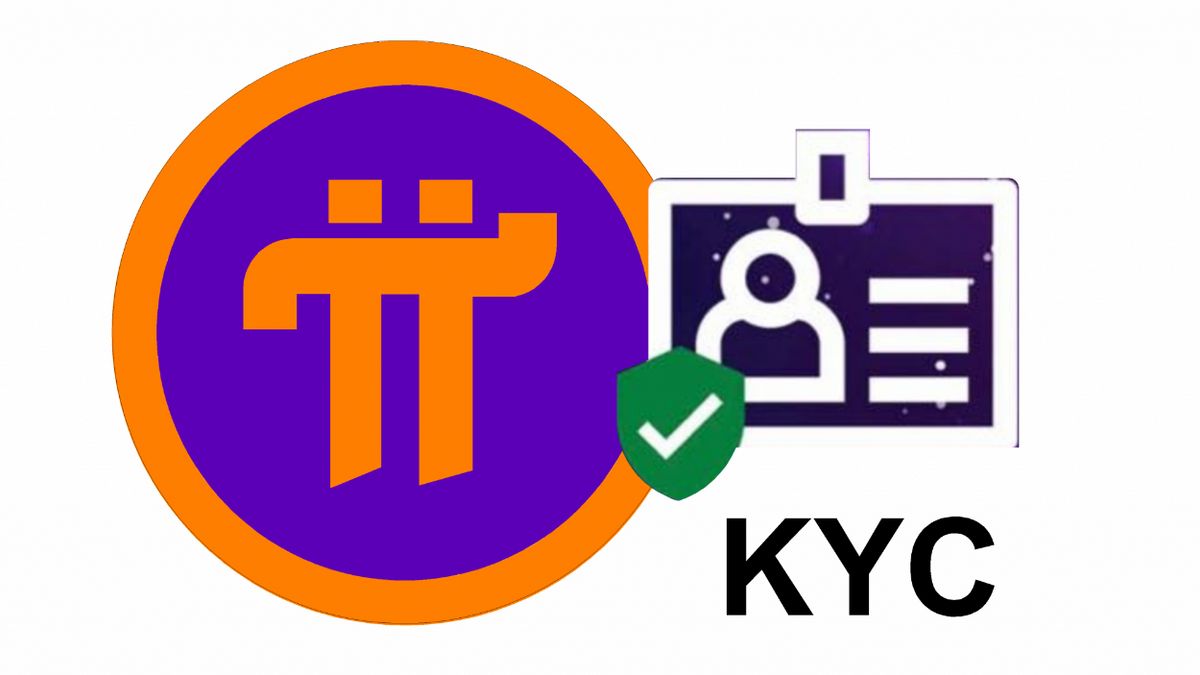Best Forex Trading Indicators for High Accuracy
Forex trading relies heavily on technical analysis to make informed decisions, and there are many indicators available that can help traders identify trends, reversals, and entry/exit points. The key to high-accuracy trades is knowing how to use these indicators effectively in combination with one another. Below are some of the most popular and reliable Forex trading indicators that are widely used for their accuracy.
1. Moving Averages (MA)
Types:
- Simple Moving Average (SMA)
- Exponential Moving Average (EMA)
- Weighted Moving Average (WMA)
How It Works:
A moving average smooths out past price data to create a trend-following indicator. The SMA gives equal weight to all prices, while the EMA gives more weight to recent prices, making it more responsive to price changes.
How to Use:
- Crossovers: A common strategy is using the crossover between a short-term (e.g., 50-period) and long-term moving average (e.g., 200-period). When the short-term MA crosses above the long-term MA, it signals a potential buy, and when it crosses below, it signals a potential sell.
- Trend Identification: A moving average can help identify the direction of the market. If the price is above the moving average, it signals an uptrend; if below, it signals a downtrend.
Why It’s Accurate:
Moving averages are simple to understand and effective in identifying the direction of the market. They are highly accurate when the market is trending.
2. Relative Strength Index (RSI)
How It Works:
RSI is a momentum oscillator that measures the speed and change of price movements. It ranges from 0 to 100 and helps determine overbought or oversold conditions. RSI is typically set to a 14-period timeframe.
How to Use:
- Overbought/Oversold Conditions: RSI readings above 70 indicate overbought conditions (potential for a reversal to the downside), while readings below 30 indicate oversold conditions (potential for a reversal to the upside).
- Divergences: If the price is making new highs but RSI is failing to do so, it can signal a bearish reversal. Conversely, if the price is making new lows but RSI is not, it could signal a bullish reversal.
Why It’s Accurate:
RSI is great for identifying overbought or oversold conditions and spotting potential trend reversals. It’s highly effective when combined with other trend indicators.
3. Moving Average Convergence Divergence (MACD)
How It Works:
The MACD is a trend-following momentum indicator that shows the relationship between two moving averages of a security’s price. It consists of the MACD line (difference between the 12-day EMA and 26-day EMA), the signal line (9-day EMA of the MACD line), and the histogram (the difference between the MACD line and the signal line).
How to Use:
- MACD Crossovers: When the MACD line crosses above the signal line, it’s a bullish signal; when it crosses below, it’s a bearish signal.
- Divergence: A divergence between the MACD and the price action can signal a potential trend reversal. For example, if the price makes a new high, but the MACD does not, it could indicate weakness in the uptrend.
Why It’s Accurate:
The MACD is one of the most reliable trend-following indicators and can help traders spot reversals, trend strength, and the timing of entries/exits.
4. Bollinger Bands
How It Works:
Bollinger Bands consist of three lines: a middle band (SMA), an upper band (SMA + 2 standard deviations), and a lower band (SMA – 2 standard deviations). These bands adjust according to market volatility, expanding during high volatility and contracting during low volatility.
How to Use:
- Overbought/Oversold Levels: When the price hits the upper band, it can indicate an overbought condition, and when it hits the lower band, it can indicate an oversold condition. A price touching the upper or lower band doesn’t always mean a reversal, but it can be used in combination with other indicators for confirmation.
- Breakouts: When the price breaks above the upper band or below the lower band, it can signal the start of a new trend.
Why It’s Accurate:
Bollinger Bands are highly effective in volatile markets and help identify price extremes. They provide good accuracy in spotting overbought/oversold conditions and breakouts.
5. Fibonacci Retracement Levels
How It Works:
Fibonacci retracement is a tool used to identify potential reversal levels based on the key Fibonacci ratios (23.6%, 38.2%, 50%, 61.8%). These levels are plotted between a significant high and low in a market move.
How to Use:
- Retracement Levels: Price often retraces to key Fibonacci levels before continuing in the direction of the trend. Traders use these levels as potential entry points.
- Confluence: When a Fibonacci level aligns with other technical factors (such as a moving average or trendline), it increases the probability of a reversal.
Why It’s Accurate:
Fibonacci retracements are based on the golden ratio, and they are widely used by traders, making these levels self-fulfilling. They often provide reliable entry points, particularly when combined with other indicators.
6. Stochastic Oscillator
How It Works:
The Stochastic Oscillator compares the closing price of a currency pair to its price range over a specific period. The oscillator ranges from 0 to 100 and is typically set to a 14-period timeframe.
How to Use:
- Overbought/Oversold Conditions: Readings above 80 indicate overbought conditions, while readings below 20 indicate oversold conditions.
- Crossovers: When the %K line crosses above the %D line, it’s a buy signal; when it crosses below, it’s a sell signal.
Why It’s Accurate:
The Stochastic Oscillator is effective in identifying overbought and oversold conditions, making it a great tool for spotting potential reversals, especially when combined with other indicators like RSI or moving averages.
7. Average True Range (ATR)
How It Works:
The ATR measures market volatility. It calculates the average range between the high and low prices for a set period, helping traders gauge how much a currency pair typically moves.
How to Use:
- Volatility Measurement: A higher ATR indicates higher volatility, which can mean larger price moves. A lower ATR indicates lower volatility, where smaller price movements are expected.
- Setting Stop Losses: Traders use ATR to place stops at a distance that accounts for normal volatility, avoiding stops being hit due to standard price fluctuations.
Why It’s Accurate:
ATR is excellent for assessing market volatility and setting stop-loss levels, which helps improve trade management.
8. Ichimoku Cloud
How It Works:
The Ichimoku Cloud is a comprehensive indicator that provides information on support/resistance, trend direction, and momentum. It consists of five main components: the Tenkan-sen, Kijun-sen, Senkou Span A, Senkou Span B, and Chikou Span.
How to Use:
- Cloud Breakouts: When the price breaks above the cloud, it signals a potential uptrend; below the cloud signals a potential downtrend.
- Crossovers: A Tenkan-sen crossing above the Kijun-sen is a bullish signal, and a crossover below is a bearish signal.
Why It’s Accurate:
Ichimoku is a versatile indicator that provides a lot of information, which helps identify trends, entry points, and market sentiment in a single glance.
Conclusion
Each of these Forex trading indicators is highly accurate when used correctly, but their effectiveness increases when combined with one another. It’s important to understand how each indicator works and test them in your strategy to see which combination provides the most reliable signals. For high-accuracy trades, it’s recommended to use a combination of trend-following and momentum indicators along with proper risk management strategies.




